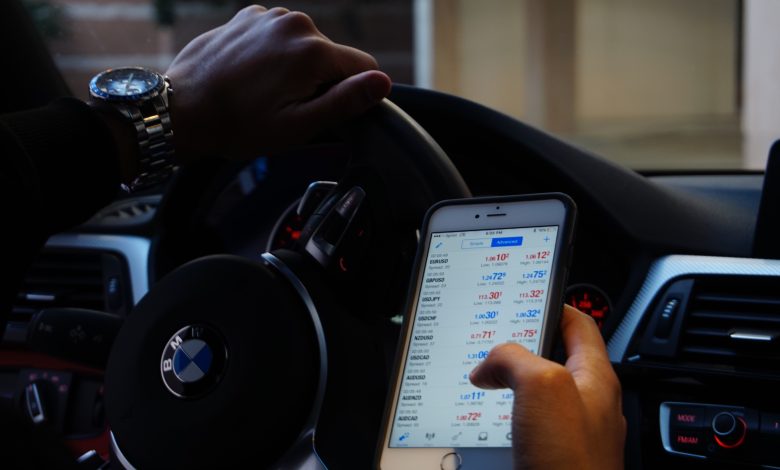Beginner’s guide: What are the major risks of CFD trading
Stocks for beginners: Risks in CFD trading to lookout for!

CFDs are probably one of the first markets of most investors today. CFDs are a great and short-termed trade you can profit from fast making it desirable to all sorts of traders. From an untrained eye, CFD trading is stocks, EFTs, bonds, and cryptocurrency.
But CFDs are also metals, commodities, foreign currency and more! This is why this trade is for all sorts of traders, no matter what market you’re interested in. Yet, despite all the great attributes this market holds, it isn’t exempted from having negative traits.
CFD trading allows all its traders to have leverage. Depending on your strategies this can either be a good thing or a bad thing. You can also expect various risks in this market, but if you know what these are, you can minimise risk by prepping.
To help you out, down below is a list of the major risks when trading with CFDs:
Market Risk
In every trade, you will always face market risks. This is the risk when the market doesn’t move towards your favour. In CFD trading you can profit from value increase and decrease. There are two ways an investor trades – to go long or to go short.
To go long is when you speculate the market to increase in value, so you buy. To go short is when you anticipate the market to decrease in value, so you sell. Profit is guaranteed when the market shifts in your favour, depending on your speculation.
Another thing about this risk is when the market changes. Various factors can manipulate market value change such as government regulations, unexpected information, change in market conditions and so on.
Counterparty Risk
In trading, it takes two to tango – the seller and the buyer. For a trade to be successful both parties must fulfil their agreed-upon obligations. This is where the counterparty risk comes in. This risk is when either side DOESN’T carry out their responsibilities.
And when a counterparty doesn’t meet the agreed-upon obligations, the entire trade becomes irrelevant. Note, this market is not highly regulated so situations like this easily slide.
To minimise this risk, you need to do deals with trusted and reliable brokerages and counterparties. So before creating an account and accepting deals, make sure to do your homework and investigate their backgrounds.
Always consider checking their credibility, reputation and past deals.
Liquidity Risks
The reason why trading is pretty volatile is because of the uncertainty of the market. Price values increase and decrease in a blink of an eye. This is why most people think of trade as something sort of a gamble.
When trading, liquidity risks are something you can prevent or minimize the risk of since this is fairly up to the flow of the market. The constant fluctuations and market conditions can affect trading fees.
Depending on the volume of the market conditions, added fees may vary. Sometimes these fees can get so high that it ultimately affects your profit.
Gapping Risk
This risk falls under the same thing that causes liquidity risks – market conditions. Gapping is when the price of CFD declines before your trade can be conducted at a certain price.
This means you, the holder of the existing contacts, is now tasked to take less than the agreed-upon price value or shoulder any losses the provider suffers.
Client Money Risk
If you’ve been in the trade for a while, you’d know that CFD is not allowed in certain parts of the world. Due to its volatile nature and unregulated market, certain laws have been put in place. One of the laws is ‘money protection laws’.
This law protects the money of investors working with other countries and currencies. Since each currency holds its own value, some providers take advantage of this and hedge their investments.
Basically, the law requires the money of the provider and the investor to be segregated during a deal. But despite this law being up, there are still money risks you will face as a client such as your money being pooled.
Pooled is when an investor puts money into one or several accounts. After a contract has been established, the provider is entitled to take an initial margin and ask for additional margins from the pooled account.
The provider has the authority to draw funds from the pooled accounts whenever one of the clients in the pooled accounts fails to comply with bargain calls. And when they do, this can significantly impact your returns.
Take away
With the knowledge of the major risk in CFD, you can now know what to expect. Plus this can also be a basis for you to either proceed with CFD trading or not.
But remember, all trades and markets hold their own set of advantages and disadvantages, it’s all up to what you deem “worth it.”




